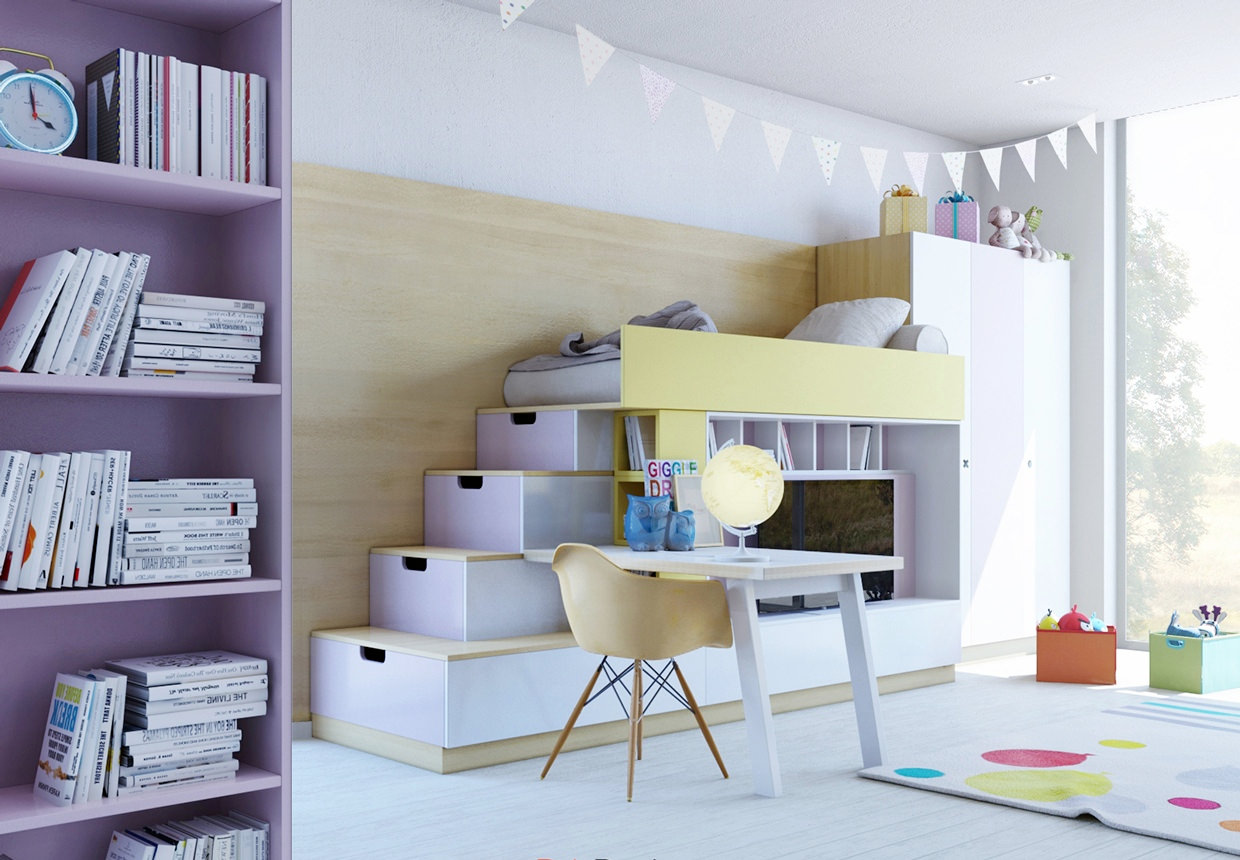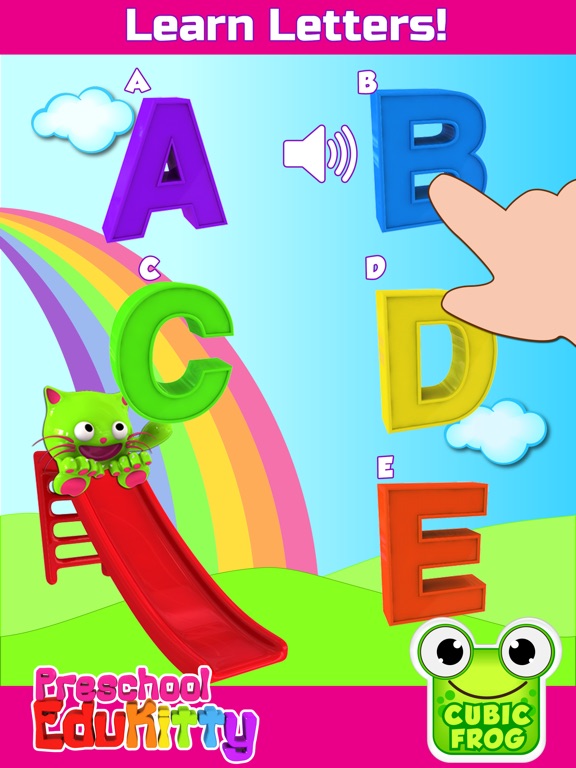

In a world filled with the products of scientific inquiry, scientific literacy has become a necessity for everyone. It concludes with a discussion of implications for the classroom, focusing on child-centered curriculum, the role of materials, the use of time and space, the key role of discussion and representation, and the teacher’s role. The paper describes a structure for learning through inquiry and criteria for the selection of appropriate content for young children. It proposes four basic ideas: (1) doing science is a natural and critical part of children’s early learning (2) children’s curiosity about the natural world is a powerful catalyst for their work and play (3) with the appropriate guidance, this natural curiosity and need to make sense of the world become the foundation for beginning to use skills of inquiry to explore basic phenomena and materials of the world surrounding children and (4) this early science exploration can be a rich context in which children can use and develop other important skills, including working with one another, basic large- and small-motor control, language, and early mathematical understanding. This paper addresses the question of what the nature of science teaching and learning in the early childhood classroom should be. There is a growing understanding and recognition of the power of children’s early thinking and learning as well as a belief that science may be a particularly important domain in early childhood, serving not only to build a basis for future scientific understanding but also to build important skills and attitudes for learning.

SEED Papers: Published Fall 2010 Science in Early Childhood Classrooms: Content and Process Karen Worth

Home Beyond This Issue SEED: Collected Papers


 0 kommentar(er)
0 kommentar(er)
